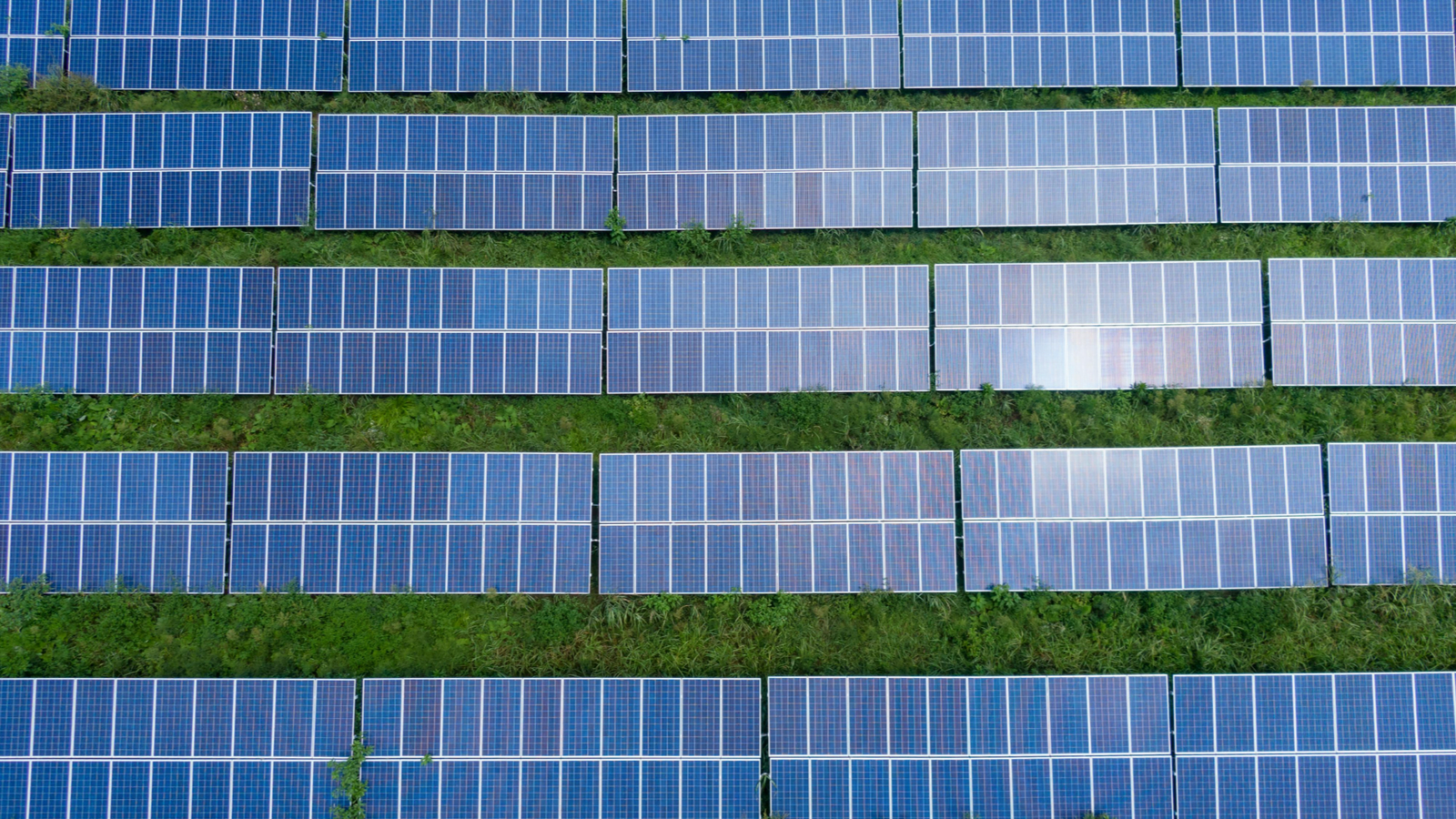
The Indo-Pacific region, spanning the Indian Ocean and parts of the Pacific, has become increasingly prominent due to shifting geopolitical dynamics, particularly in trade, investment, infrastructure, and security. The Indo-Pacific’s experience with high carbon emissions and advancements in renewable energy—such as India’s 35.8% and Indonesia’s 22% share of clean energy in 2020—provides useful insights for Latin America, which faces similar energy supply and development issues. Both regions are facing transitioning to renewable energy amid large populations and carbon-intensive economies, though Latin America has a smaller population.
Latin America can learn from the Indo-Pacific’s experience with global governance and energy transition. Initiatives like the Sustainable Finance in the Indo-Pacific (SUFIP) Development Network and discussions within groups such as the Group of Twenty (G20) and the BRICS (Brazil, Russia, India, China, and South Africa) Plus highlight the benefits of involving diverse stakeholders in addressing energy and environmental challenges. Latin America could adopt similar collaborative frameworks and focus on integrating environmental and human development goals, as seen in Brazilian proposals and the United Nations Sustainable Development Goals (SDGs). This approach can help Latin America navigate its own fiscal and structural constraints and address the financial complexities of energy transitions, as underscored by discussions at the Conference of the Parties 28 (COP28). Indo-Pacific region highlights that environmental governance is not a zero-sum game. Competing nations and companies often cooperate to achieve common environmental goals. Enhancing access to capital, innovative financial mechanisms, and international cooperation is essential for scaling up renewable energy use. Multilateral platforms can provide policy and regulatory guidance, helping to establish frameworks that encourage clean energy adoption.
Shifting towards a multipolar financial system could help improve environmental sustainability and meet the United Nations Framework Convention on Climate Change (UNFCCC) emissions targets. Instead of replacing established financial institutions like the Bretton Woods Institutions, it might be more effective for new and regional banks—such as the New Development Bank (NDB) and the Asian Development Bank (ADB)—to work alongside them to support both domestic and international development goals.
While emerging multilateral arrangements face challenges in aligning global environmental goals with domestic economic needs, they offer valuable opportunities for advancing the green transition. Latin America’s role as a supplier of clean energy raw materials, such as lithium, could support the Indo-Pacific’s renewable energy sector. Improving trade and investment diversification between these regions could enhance renewable supply chains, despite their geographical distance. Additionally, new initiatives such as China’s Belt and Road Initiative (BRI) could support the global energy transition, though their effectiveness requires further assessment. Despite ongoing geopolitical competition, diverse financing and development mechanisms are crucial for progressing towards global energy sustainability, especially for developing countries.
Global organizations and institutions should now focus on how to integrate their advice into domestic policymaking and secure effective financing for green transitions. Brazil and India provide notable examples of how this can be achieved.
Brazil’s energy supply is predominantly renewable, with hydroelectric power accounting for 63 per cent of electricity generation in 2022. Despite this, Brazil remains a significant CO2 emitter due to practices in agriculture and deforestation. The country also possesses substantial mineral reserves and offshore oil resources, whose extraction requires major investments. Recently, Brazil has refocused its environmental policies towards sustainable projects, including low-carbon agriculture, new sanitation initiatives, and the development of renewable energy sources such as wind, solar, and hydrogen. The Brazilian government has committed to integrating global governance advice into its domestic policy framework and has established the Climate Fund. This fund, part of Brazil’s National Policy on Climate Change, provides financial and technical support to projects aimed at climate change mitigation and adaptation.
India, a key player in the Indo-Pacific region, has made significant strides in green energy financing and implementation. The Ministry of Environment, Forest and Climate Change (MoEFCC) has outlined detailed plans for meeting adaptation and mitigation commitments under the UNFCCC framework. India’s clean energy investments have surged in recent years, driven by ambitious targets and international cooperation, notably through institutions such as the G20. The International Energy Agency (IEA) has recognized India’s progress in decarbonization and ecological transition reforms.
Both Brazil and India demonstrate how national strategies can effectively incorporate global guidance and secure financial resources to support environmental goals, offering valuable lessons for other nations.
While Latin America and the Indo-Pacific share similarities, they also face distinct energy transition and environmental challenges. The effectiveness of energy transitions depends on each country’s economic structure and the technical and financial solutions available. At a global level, the political commitment of all parties involved is vital. Latin America has historically faced challenges with a technocratic approach to structural reforms that often excluded political considerations. In contrast, the Indo-Pacific region has the potential to leverage regional multilateral platforms, such as SUFIP, to address both technical and political aspects of energy transitions. This model could serve as an example for Latin American countries, aiding them in their energy transitions.
For more detailed information, refer to the source “The Global Governance of the Energy Transition: Lessons for the Indo-Pacific and Latin America” by Glauco A.S. Oliveira, Observer Research Foundation.
